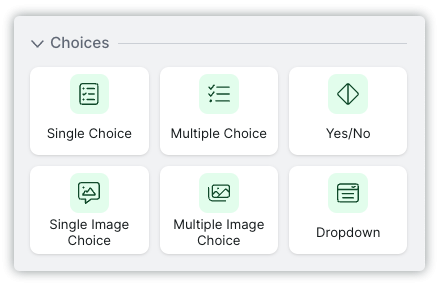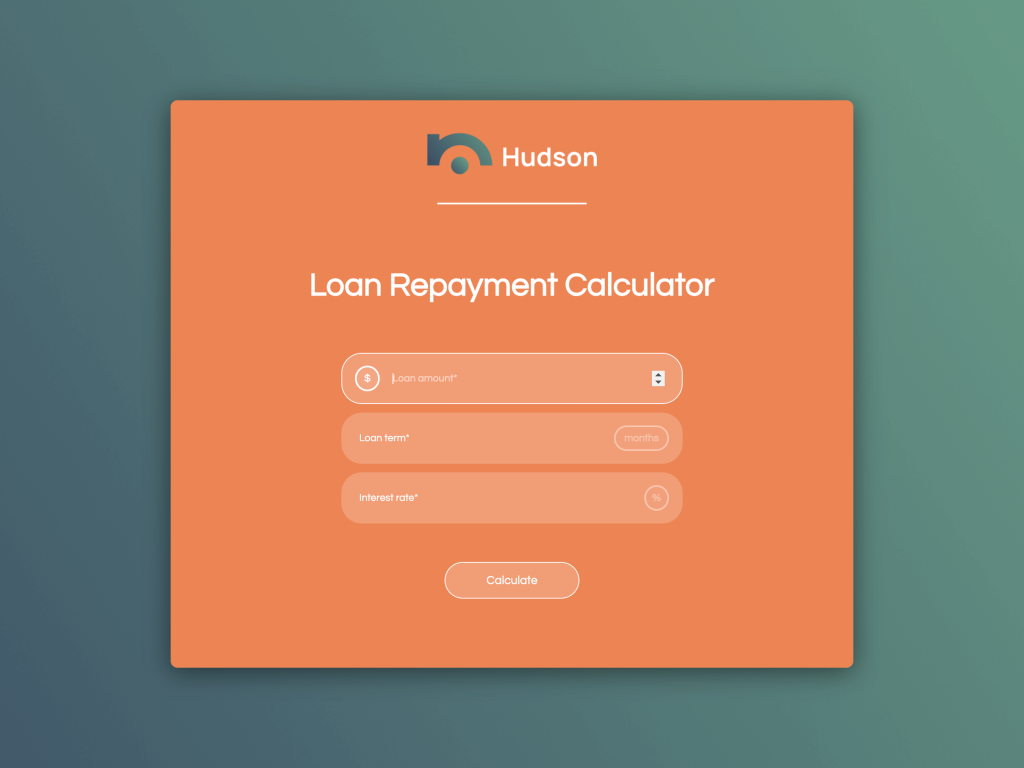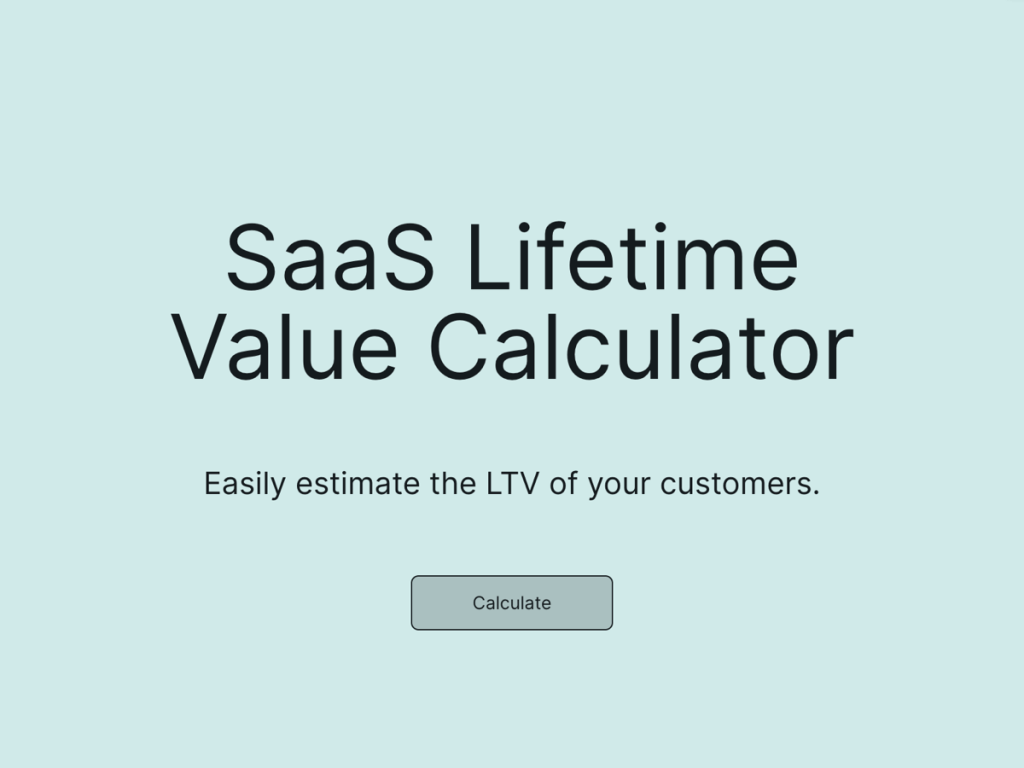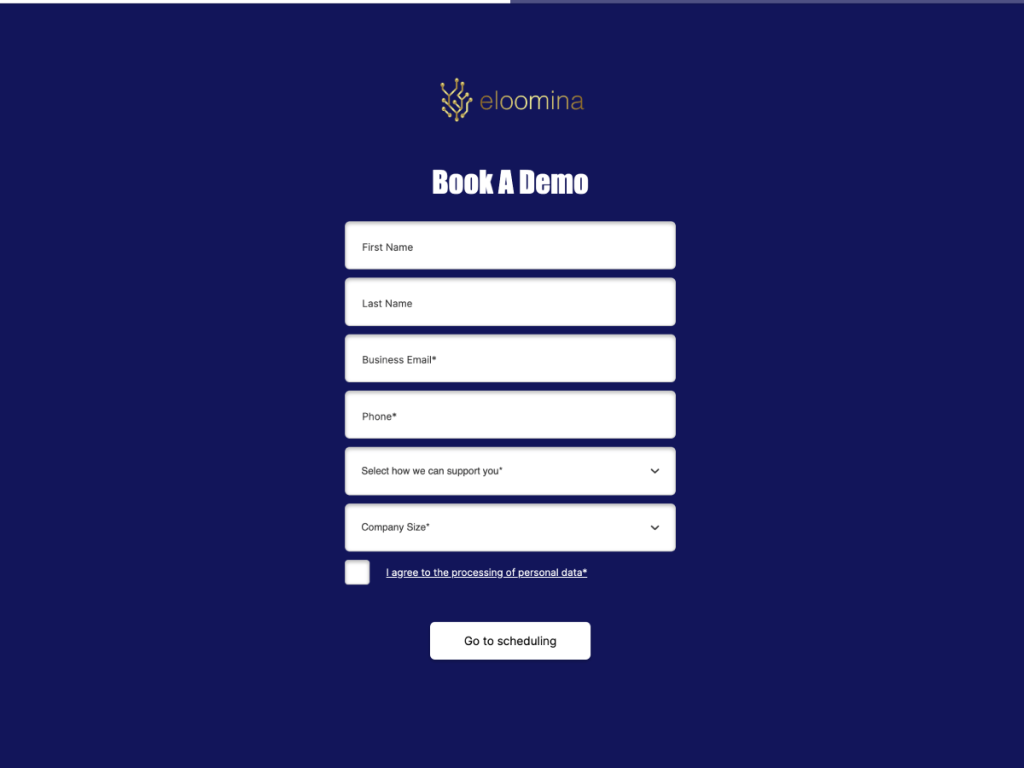Whether you're launching a new product, gathering feedback, or conducting market research, surveys are invaluable. But to truly tap into the pulse of your target audience, you need to ask the right questions. Crafting effective demographic questions and using the data they provide can be challenging.
In this post, we'll explore the best practices for survey demographics and provide tools (AI survey generator) for survey creation:
The Fastest Way to Make A Demographic Survey
Gone are the days when marketing teams had to program online surveys in HTML. Besides a wide range of survey makers, there are also AI tools that can generate branded surveys on the spot. Create a demographic survey with your company's branding elements using this free tool below.
How it works? AI survey maker will analyze the branding elements from your company's website and, based on it, suggest a few designs that match the website's colors and logo. You will also need to write a short description of the type of survey you'd like to generate.
Here's an example of a prompt you can use to generate your first survey:
Create a demographic survey for an online store where people can buy experiences as gifts. The main idea of the survey is to build buyer personas and understand how to improve offerings.
Create a demographic survey with your company's branding:
Create your survey with AI
Just paste your URL & click generate
To edit your demographic survey, get a survey link, and the embed code, create a free account with involve.me. Here's a full guide on how to create and edit a survey with AI tools.
Crafting Demographic Survey Questions
When surveying your target audience, ask only necessary questions that will help your team in marketing campaigns and future offerings. While questions on education level or annual income may pique interest, if they do not serve an essential purpose, don't ask them. Also, avoid sensitive questions such as sexual orientation, religion, or ethnic background.
Survey respondents should have the option to skip the question they are not comfortable answering. Find best practices for demographic surveys later in this post.
Now let's take a look at common demographic survey question examples:
1.Age: What is your age range?
18-24
25-34
35-44
45-54
55-64
65+
2.Gender: What is your gender identity?
Male
Female
Non-binary/third gender
Prefer not to say
Other (please specify)
Location: Where are you located?
Country
State/Province
City
4.Education: What is your highest level of education completed?
High school or equivalent
Some college/Associate degree
Bachelor's degree
Master's degree
Doctorate or professional degree
5.Income: What is your annual household income?
Under $25,000
$25,000 - $49,999
$50,000 - $74,999
$75,000 - $99,999
$100,000 - $149,999
$150,000 or more
Prefer not to say
6. Employment Status: What is your current employment status?
Employed full-time
Employed part-time
Self-employed
Unemployed
Student
Retired
Other (please specify)
7. Marital Status: What is your marital status?
Single
Married
Divorced
Widowed
Domestic partnership
Prefer not to say
8.Household Composition: How many people are in your household?
Adults (18+)
Children (under 18)
Elderly (65+)
9.Ethnicity/Race: How do you identify your ethnicity or race?
White
Black or African American
Hispanic or Latino
Asian
Native American or Alaska Native
Native Hawaiian or other Pacific Islander
Multiracial
Other (please specify)
10.Language: What is your primary language?
English
Spanish
French
Mandarin
Arabic
Other (please specify)
Pro Tips When Creating Demographic Surveys
Check out these concrete recommendations on how to increase survey response rates and create a more professional survey for your company:
Here's How to Ask Fewer Questions
Shorter surveys (historically) perform better, so if there are questions you can avoid, do it. For example, when creating surveys with involve.me survey tool, there's no need to ask survey takers about their geographic location since it's visible in the dashboard analytics anyway.
To ask fewer questions, consider using hidden fields in the survey. Hidden fields allow you to pass specific data points through the survey without requiring the respondent to input them manually. For example, you can pre-fill fields such as the respondent's account ID, name, email address, using data from your CRM or website analytics.
Here's an interactive tutorial on hidden fields:
On Increasing Conversion Rates
There're a few ways to get more people take your demographic survey:
Offer incentives such as a coupon code or a discount. When creating surveys with involve.me, consider using a content element like a unique coupon code or sending out automated emails with a discount code. This is also possible within involve.me without third-party tools and can help your team create a positive customer experience.
Make your survey anonymous to gather more valuable insights. Respondents are likely to be more willing to participate if they feel their privacy is protected. Providing an option for respondents to skip certain questions, especially sensitive topics, can offer an alternative approach
Check the partial submissions to see where survey participants drop off.
What are partial submissions?
When your users reach the final page of the project, their submission is completed. However, if they choose to discontinue filling out your project and navigate away from the page, a partial submission is generated instead. View partial submissions in the involve.me dashboard.
Diversify your question types and answer options. Consider incorporating multiple-choice, open-ended, and Likert scale questions.

question types
How to Use Survey Data in Marketing Strategy
Below, you'll find some general advice on how to make the most of the data gathered from demographic surveys.
1) Lead Nurturing
Use demographic insights from survey responses to segment your audiences. Divide them based on factors like age, gender, zip code, and more. This targeted approach allows for personalized marketing campaigns.
If they provide their email addresses as well, your team might consider creating a lead nurturing campaign based on specific criteria (for example, a district in the city) to increase the number of sales.
Pro Tip: When segmenting your audiences, consider integrating your preferred database or CRM solution, such as Airtable, Notion, or Excel, to effectively manage your segments. This guide will assist you in connecting your survey form to the CRM for data organization.
2)Targeted Advertising
Use demographic data to target your advertising efforts more effectively. For example, you can use demographic targeting options on Facebook, Google Ads, or LinkedIn to show your ads only to people who fit certain demographic criteria.
3)Product Development
For example, if you discover that a significant portion of your target audience is made up of millennials who are environmentally conscious, you might develop products that are eco-friendly and sustainable.
Final Words+ Survey Templates
The right demographic survey questions serve as your gateway to understanding your customer base better across a wide spectrum of topics. Consider incorporating various types of survey questions to gain deeper insights into your target audience.
Remember, the goal isn't just to collect data on income level or age ranges—it's to use that data to drive meaningful improvements in your products, services, and overall customer experience.
With access to free templates, crafting effective customer surveys becomes simpler. Whether your sales or customer service team needs a survey or a branded form, take a look at the template library or generate your project using involve.me's AI tool.











